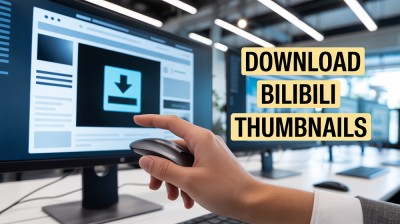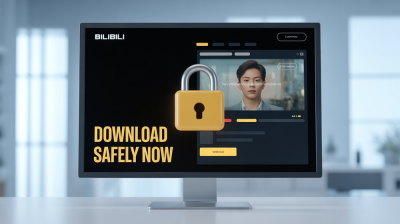Welcome to the world of Attack on Titan, a gripping anime and manga series that has captivated millions worldwide! Set in a bleak, post-apocalyptic world where humanity battles enormous humanoid creatures known as Titans, the story delves into deep themes of freedom, survival, and the moral complexities of war. As viewers, we are taken on a rollercoaster ride of emotions, exploring the struggles of characters who confront both external and internal demons.
One of the most fascinating aspects of Attack on Titan is its exploration of humanity's darker side. The series doesn't shy away from portraying the harsh realities of conflict, emphasizing how fear and desperation can drive people to commit unspeakable acts. This backdrop sets the stage for profound discussions about:
- Freedom vs. Oppression: Characters grapple with what it means to be free and the sacrifices required to achieve it.
- Moral Ambiguity: Often, the lines between hero and villain blur, making viewers question who the true enemy is.
- The Cost of Survival: The harsh decisions made by characters highlight the brutal reality of survival in a world dominated by Titans.
As the story unfolds, the characters' development and the intricate plot twists keep us on the edge of our seats. With each episode, we are compelled to reflect on our own beliefs about humanity, power, and the consequences of our choices.
What Is the Rumbling?
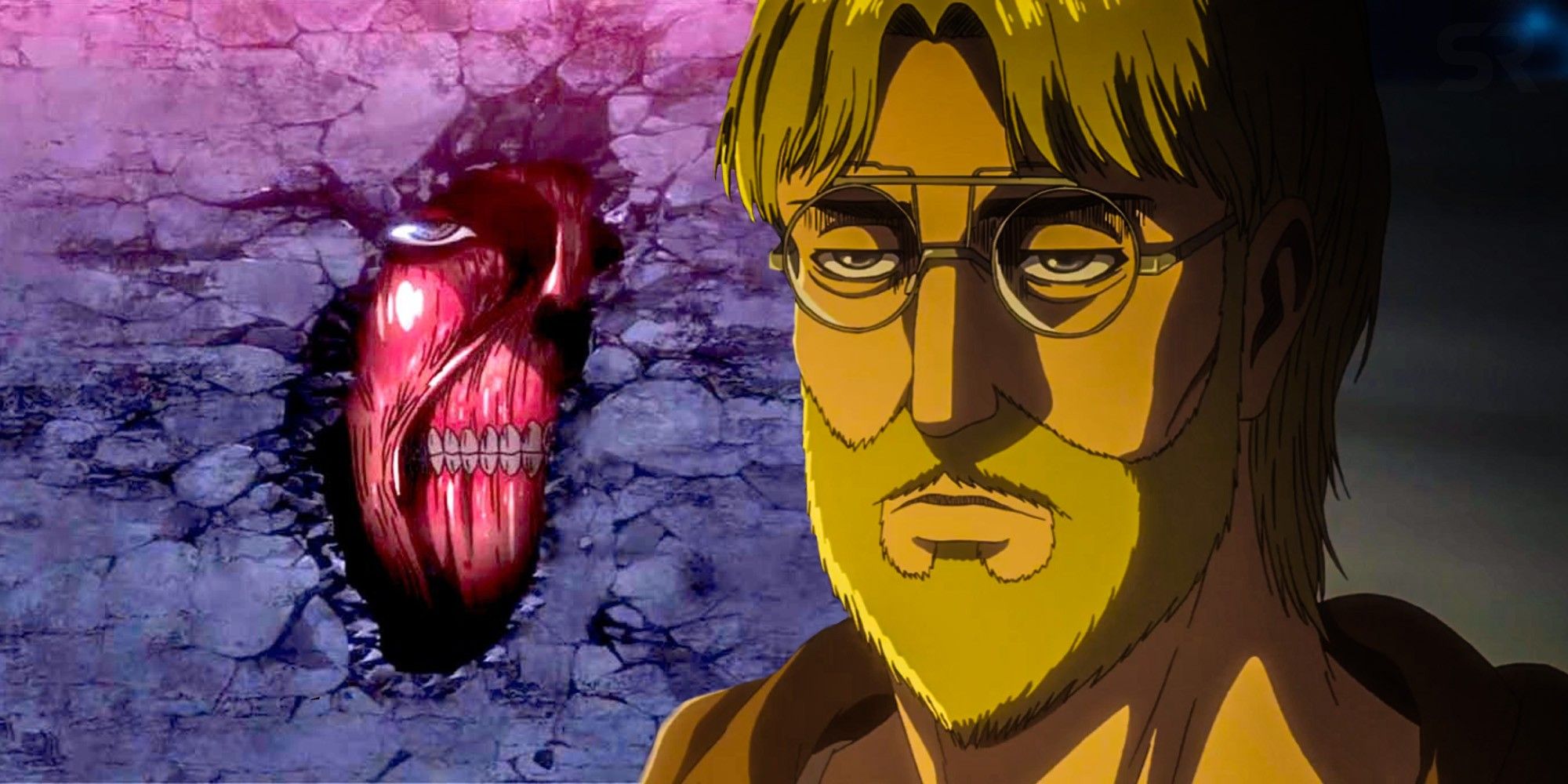
The Rumbling is one of the most pivotal and chilling events in the Attack on Titan universe. It refers to the unleashing of the colossal Titans that lie dormant within the walls of Paradis Island. But what does this mean for the characters and the world they inhabit?
In essence, the Rumbling is a catastrophic event that serves as both a weapon and a means of survival. When activated, these colossal Titans can trample any human life in their path, creating a path of destruction that raises significant ethical questions. Here’s a deeper look into its implications:
- Weapon of Mass Destruction: The Rumbling represents the ultimate form of retaliation against humanity's enemies. It showcases the lengths to which the Eldians will go to secure their future.
- Symbol of Desperation: The activation of the Rumbling reflects the desperation of characters facing annihilation. It raises the question: Is the annihilation of others justified for survival?
- Hope vs. Despair: The Rumbling serves as a double-edged sword. While it offers a potential path to freedom for some, it also threatens to erase all hope for others. The moral dilemma weighs heavily on the characters involved.
As the story progresses, the impact of the Rumbling becomes a focal point for character motivations and conflicts. It leads to intense confrontations, pushing characters to confront their own beliefs about justice, sacrifice, and what it truly means to be human.
In conclusion, the Rumbling is not just a plot device; it embodies the series' central themes of conflict and survival in a world where humanity is constantly on the brink of extinction. Understanding its significance adds depth to our experience of Attack on Titan and challenges us to reflect on the moral complexities of our own world.
Also Read This: Was the Rumbling Real in Attack on Titan? A Discussion on the Event’s Impact
3. The Significance of the Rumbling in the Story
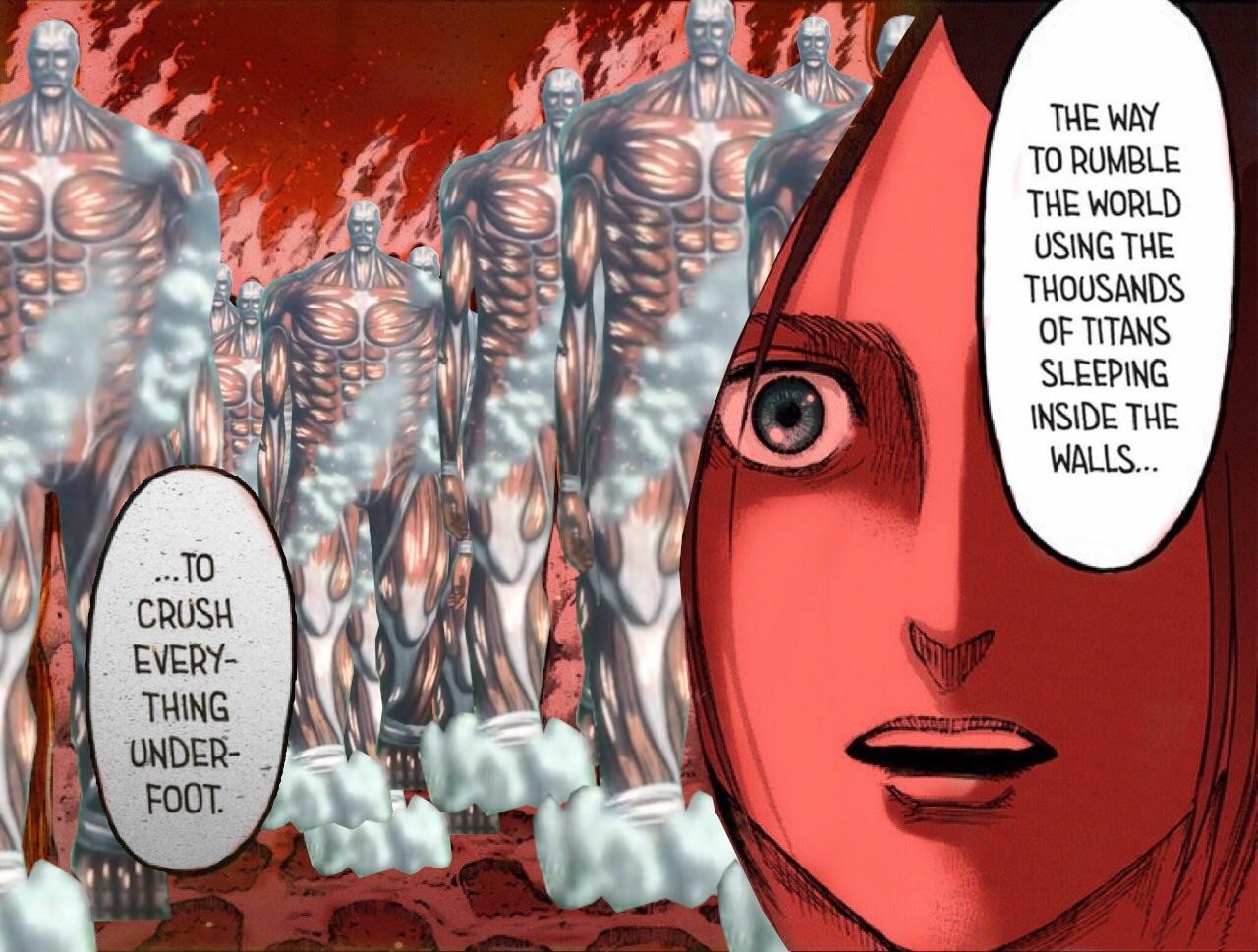
The Rumbling is not just a plot device; it's a pivotal moment that redefines the entire narrative of Attack on Titan. At its core, the Rumbling serves as a representation of humanity's fear, survival instincts, and the darker aspects of human nature. When Eren Yeager decides to unleash the Rumbling, it marks a radical shift from the struggle for freedom to an existential dilemma that pits survival against morality.
One of the key themes interwoven into the Rumbling is the concept of freedom versus oppression. Eren's choice to awaken the Founding Titans and initiate the Rumbling reflects his desperation to protect his friends and the people of Paradis Island. However, this comes at a devastating cost: the annihilation of countless innocent lives. This act forces both characters and viewers to grapple with the question: Is freedom worth the price of genocide?
Moreover, the Rumbling catalyzes character development, pushing everyone from Eren to Mikasa to confront their beliefs and values. For instance, Mikasa's loyalty to Eren is tested as she grapples with the moral implications of his actions. The Rumbling not only sparks physical conflict but also drives emotional and ideological battles among the characters, deepening their arcs.
In the broader context of the world within Attack on Titan, the Rumbling serves as a critique of militarism and the cycle of hatred. The sheer force of the Titans marching across continents symbolizes the destructive power of fear-mongering and revenge. It echoes real-world issues, making the story resonate with audiences on multiple levels.
Ultimately, the Rumbling is a significant turning point in the series. It raises profound questions about human nature, morality, and the costs of survival. By the end of this arc, viewers are left contemplating the implications of Eren's choices and what it means to be truly free.
Also Read This: What Time Does Royal Rumble 2024 Start? Essential Viewing Details
4. Key Characters Involved in the Rumbling
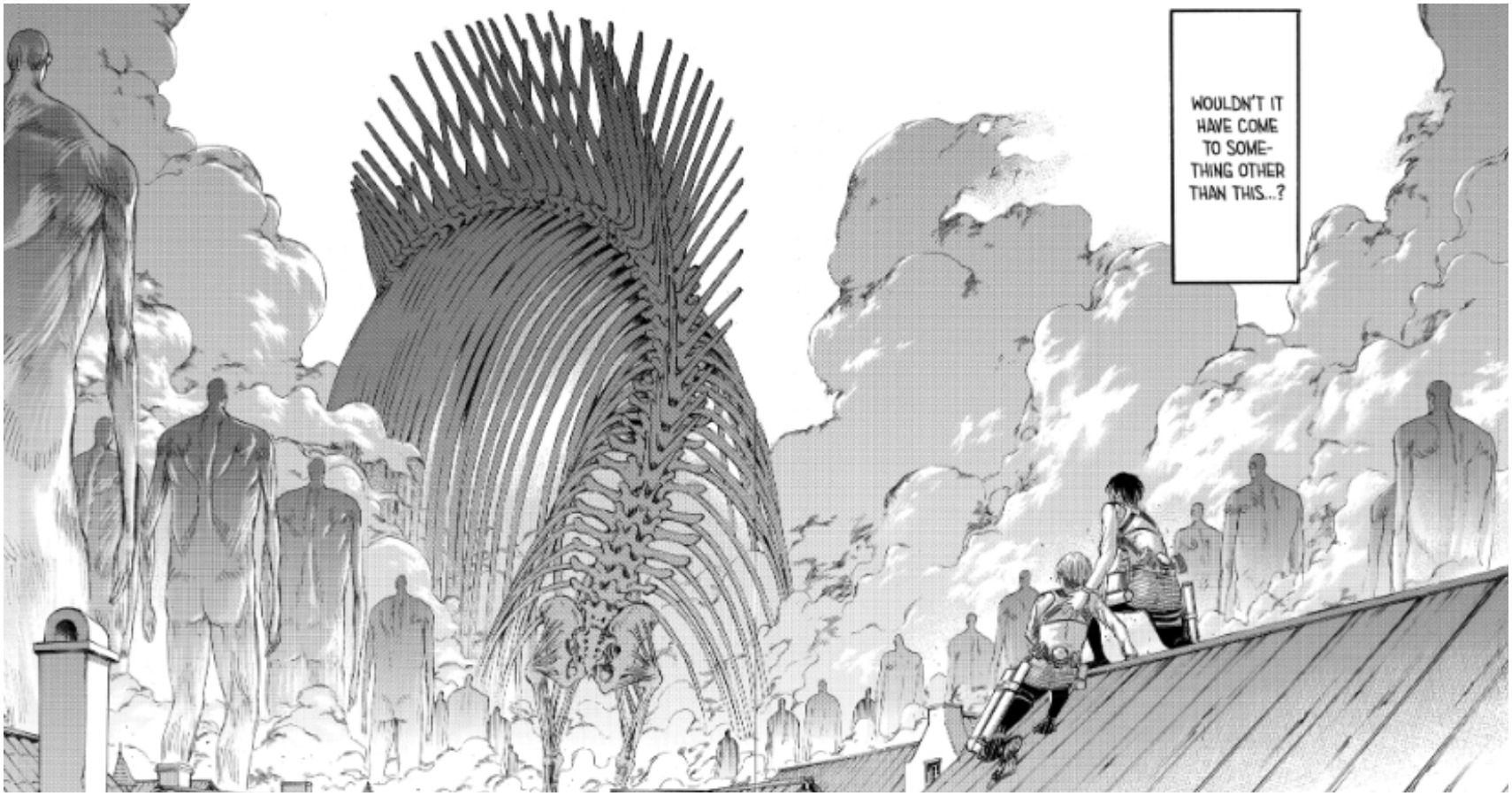
The Rumbling is a complex event that involves several key characters, each playing a crucial role in its initiation and execution. Understanding these characters not only enhances the narrative but also deepens our emotional connection to the unfolding drama.
- Eren Yeager: The central figure behind the Rumbling, Eren’s transformation from a hopeful hero to a tragic antagonist illustrates the complexities of his character. His decision to unleash the Rumbling stems from a desire to protect his friends and homeland, but it raises ethical questions about his methods.
- Mikasa Ackerman: As Eren's closest friend, Mikasa embodies loyalty and love. Throughout the Rumbling, she faces a heartbreaking dilemma—whether to support Eren or stand against him. Her internal struggle adds depth to the emotional stakes of the story.
- Armin Arlert: Armin's character evolves dramatically during the Rumbling. As a strategist, he grapples with the consequences of Eren's actions and explores alternative solutions to conflict. His perspective often serves as a moral compass for the group.
- Reiner Braun: Reiner represents the opposing force to Eren’s ideology. His character arc reflects the trauma of war and the burdens of being a warrior. His confrontation with Eren during the Rumbling is pivotal in exploring themes of guilt and redemption.
- Levi Ackerman: As one of the strongest warriors in humanity, Levi’s involvement in the Rumbling is marked by his relentless pursuit of justice. His interactions with Eren and other characters during this tumultuous time highlight his commitment to protecting humanity, even when faced with difficult choices.
These characters, along with others, contribute to the multifaceted narrative surrounding the Rumbling. Their conflicting motivations, relationships, and growth throughout this arc make it not just a battle of might, but a profound exploration of humanity's darker sides and the quest for peace.
Also Read This: How to Monetize Rumble and Maximize Your Earnings as a Content Creator
5. The Consequences of the Rumbling
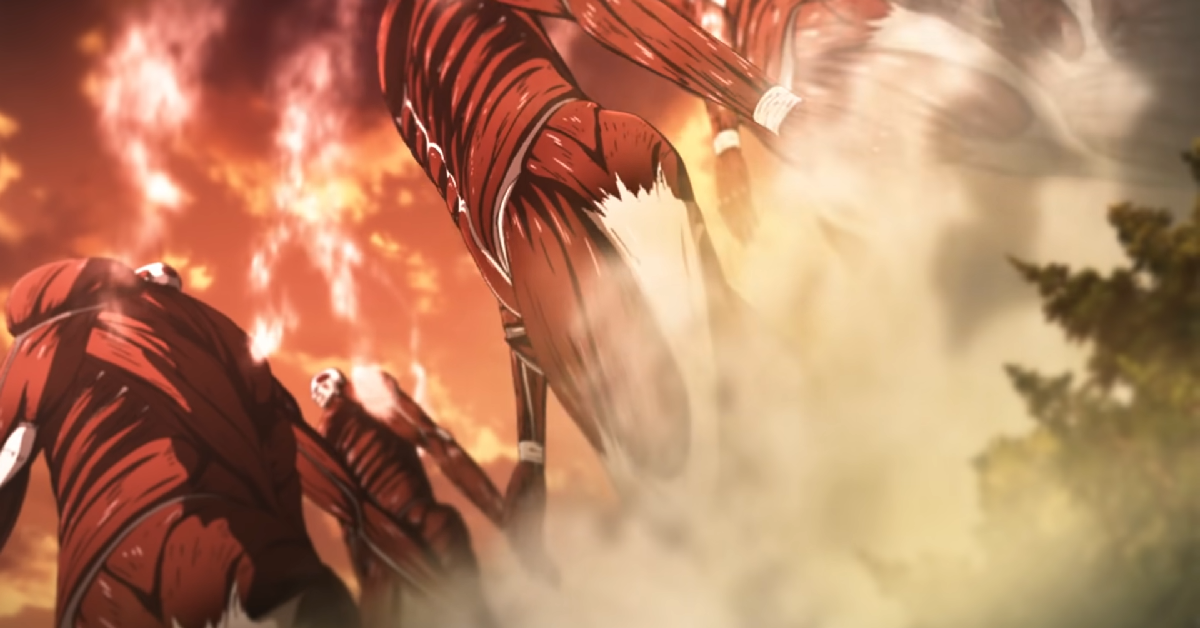
The Rumbling is more than just a catastrophic event in the world of Attack on Titan; it serves as a profound commentary on the consequences of humanity's choices. When Eren Yeager unleashes the power of the Founding Titan, the ramifications ripple across not just the island of Paradis, but the entire globe.
First and foremost, the immediate destruction caused by the Rumbling is staggering. Imagine a colossal army of Titans marching across the landscape, flattening everything in their path. This act of devastation prompts numerous questions about morality and the price of freedom. Is Eren justified in his actions to protect his people at the cost of millions of lives? The series challenges viewers to grapple with the idea of survival versus morality.
Furthermore, the psychological impact on the characters cannot be understated. For instance, characters like Mikasa and Armin are faced with the harrowing reality of what their friend has become. Their emotional turmoil drives them into conflict, creating rifts that are as significant as the physical destruction outside. It's a powerful reminder that even in the midst of chaos, personal relationships and loyalties are tested to their limits.
- Loss of Innocence: Innocent lives are lost, creating a generation of survivors marked by trauma.
- Global Fallout: Nations unite or fall apart in the chaos, showcasing how fear can drive collective actions.
- Transformation of Characters: Many characters evolve, revealing deeper layers and motivations in light of their circumstances.
On a larger scale, the Rumbling serves as a catalyst for humanity’s reckoning. It forces characters and viewers alike to confront the realities of genocide, oppression, and the cyclical nature of violence. The idea that one group’s freedom can come at the expense of another raises profound ethical questions. Attack on Titan does not shy away from these themes, making the viewer ponder where the line is drawn between hero and villain.
Ultimately, the consequences of the Rumbling leave an indelible mark on the world of Attack on Titan. It serves as a narrative device that exposes the fragility of peace and pushes characters to their limits, both physically and emotionally. As the dust settles, viewers are left to reflect on the cost of Eren’s choices and the future of humanity.
6. Fan Theories and Interpretations
The world of Attack on Titan is rich with symbolism and complex themes, sparking countless fan theories and interpretations that add depth to the story. Fans have dissected every aspect of the series, from character motivations to overarching themes, leading to some fascinating discussions.
One popular theory revolves around the notion of freedom. Many fans argue that Eren's actions, no matter how morally ambiguous, are rooted in a desperate quest for freedom. This interpretation raises the question: what does it truly mean to be free? Is Eren’s sacrifice for the sake of his people an act of heroism or tyranny? This duality is a central pillar in fan discussions, prompting viewers to examine their own beliefs about freedom and sacrifice.
Another intriguing theory pertains to the cycle of hatred depicted in the series. Fans have pointed out that Eren’s Rumbling echoes historical events where the oppressed become oppressors. This cyclical nature suggests that without breaking the chain of hatred and revenge, humanity is doomed to repeat its mistakes. It’s a sobering reflection on real-world conflicts, resonating with viewers who see parallels in our own history.
| Theory | Key Points |
|---|---|
| Freedom vs. Tyranny | Analyzes Eren's motivations; questions the morality of his choices. |
| Cyclic Nature of Conflict | Explores how the oppressed can become oppressors; emphasizes the need for change. |
| The Role of Memory | Discusses how the past influences characters' decisions and identities. |
Additionally, the role of memory is another layer that fans love to explore. The series highlights how memories shape identities, as seen with characters like Zeke Yeager and his complicated relationship with his parents. This theory posits that understanding one’s past is crucial to forging a better future, a theme that resonates deeply with many viewers.
As fans continue to engage with Attack on Titan, these theories enrich the narrative and foster a community that thrives on interpretation and debate. The series does not just tell a story; it invites viewers to think critically about human nature, freedom, and the consequences of our actions. With such a thought-provoking narrative, it's no wonder that conversations about Attack on Titan will continue long after the final chapter.
 admin
admin







